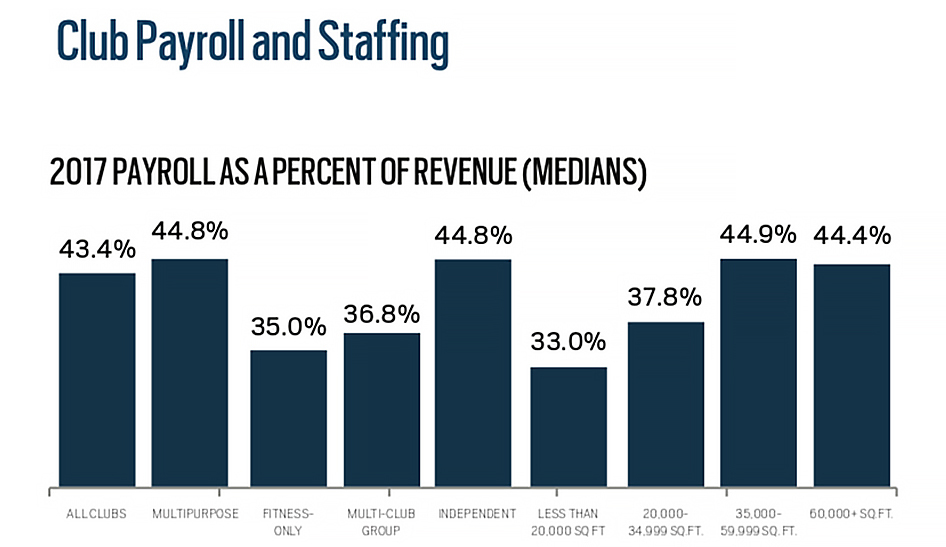“In addition, we use an online assessment tool that identifies applicants with the potential to perform well in a customer-centric environment,” Williams says. “We want to identify candidates with the innate ability to serve others with an optimistic outlook and problem-resolution approach. That’s not to say that skills aren’t important; but, for most positions, we can teach people who have the right talent and outlook on life. Such individuals will be easy to cross-train to work in other departments, and take on more responsibility.”
Keep Work Relationships in Tip-top Shape
Also keep in mind that building a good relationship is a two-way street.
You want to make a good first impression, as does the candidate. And while the hiring process can give a new hire some sense of your business, the onboarding experience—good or bad—can set the tone for that employee’s entire tenure at your club.
It’s your first—and best—opportunity to set expectations regarding job performance, to educate the person about your company’s systems, and to indicate their place in the organization. For these and other reasons, the right onboarding approach sets an important baseline, says Allison Flatley, the CEO of Washington, D.C.–based Allison Flatley Consulting, and IHRSA’s director of industry relations.
“Great clubs use onboarding to ensure that the employee’s employment-related needs are met; that everyone knows why they’re on the team; that they feel safe to ask questions, make suggestions, disagree, and ask for help; and that they’ll have a chance to utilize their strengths,” she says. “Acknowledging these issues upfront ultimately helps to avoid turnover, and eliminates the need to recruit, hire, and train all over again.”
Setting the Stage for Success
At Active Wellness, onboarding actually starts before the employee’s first day.
Managers see that new hires have the equipment and tools they need, including business cards, nametags, uniforms, and appropriate access to the company systems (i.e., email, lead-management software, payroll) so they can perform their jobs effectively from the start.
“This not only shows the employee that we’re excited and ready for them to join the team, but also allows them to focus on key onboarding tasks, such as learning the culture, safety procedures, various systems, and specific job tasks immediately,” DePersia says. “All tasks are outlined on our new employee training checklist, which is utilized by the hiring manager to ensure that the process is completed in a timely manner.”
At Active Wellness, every new employee starts their first day by meeting their coworkers, viewing a video that highlights the company’s culture, and is given a list of key contacts and important information on pay dates, wage and hour expectations, and employee benefits. The day also includes safety training.


